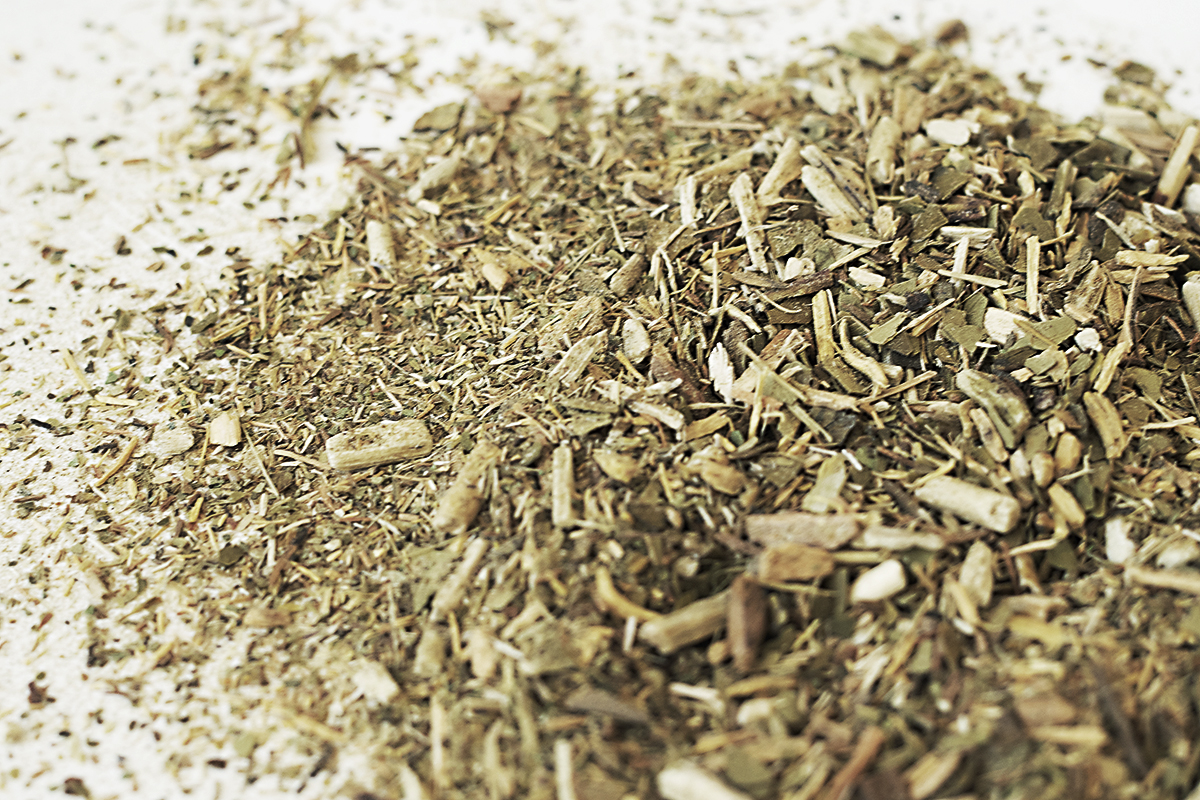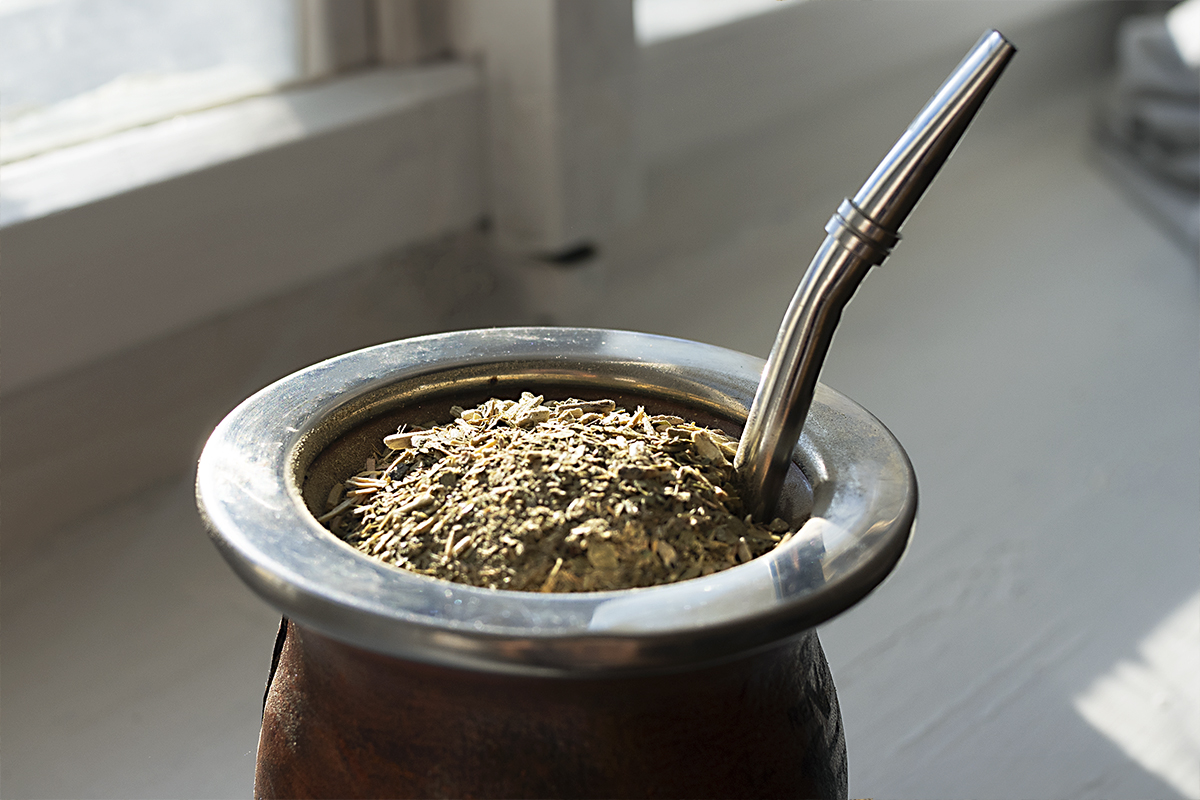Dust in yerba mate (known as "polvo" in Spanish) plays a key role in shaping the flavor, strength, and overall yerba mate drinking experience. Here's why it's important:
- Affects Strength and Flavor
- There are 3 main “ingredients”, which influence traditional types of Yerba Mate blends: leaves, stems and dust.
- Concentration of Flavor: The fine particles in the dust contribute to a more intense and robust flavor profile. The dust allows for a quicker release of flavor when the mate is steeped, often making the drink stronger compared to blends with less dust.
- Balanced Bitterness: Traditional yerba mate drinkers often prefer a specific balance between bitterness and smoothness, which the dust helps achieve. It usually intensifies the bitterness, making it more typical of "mate amargo" (unsweetened mate).

-
- Improves the Blend Consistency
- Infusion Dynamics: Dust fills the gaps between the larger leaves and stems, ensuring a more consistent brew. Without it, the water might filter through too quickly, leading to a weaker infusion. The dust acts as a binder, slowing the water flow and ensuring an even extraction of flavor.
- Cultural Preference
- In countries like Argentina, Paraguay, and Uruguay, mate drinkers often prefer traditional yerba mate blends that contain dust, as it reflects authenticity and craftsmanship.
- For instance, Argentina and Paraguay have roughly the same approximate amount of dust in their traditional yerba mate blends (5-7%), however Uruguay is famous for it’s PU-1 type blend, which consists of not less than 90% of pulverized dried leaves, and not more than 10% of finely ground dried stems- the cut is so fine, that some would consider amount of “dust” in this type of mate to be around 20%.
- More so, some regions, such as Brazil, prefer "chimarrão", which is even finer and dustier compared to other varieties, almost looking like matcha tea with stems.
- Leaf Surface and Release Mechanism
- Since dust in yerba mate is basically very fine cut leaves and stems of a plant, it is also important to understand it’s physics: yerba mate leaves, in contrast to tea leaves, primarily release their properties through the cut surfaces. Since yerba mate leaves are thicker and tougher than tea leaves, the essential compounds inside are more challenging to access. The traditional cutting process is essential, as it exposes more inner surfaces of the leaf for a quicker and more robust infusion. Without cutting, the infusion would be weak and take longer. So dust helps adjust yerba mate blend’s intensity and strength.
While some people prefer less dusty varieties for a smoother drink, many traditionalists view the presence of dust as essential for a proper, bold yerba mate experience.

